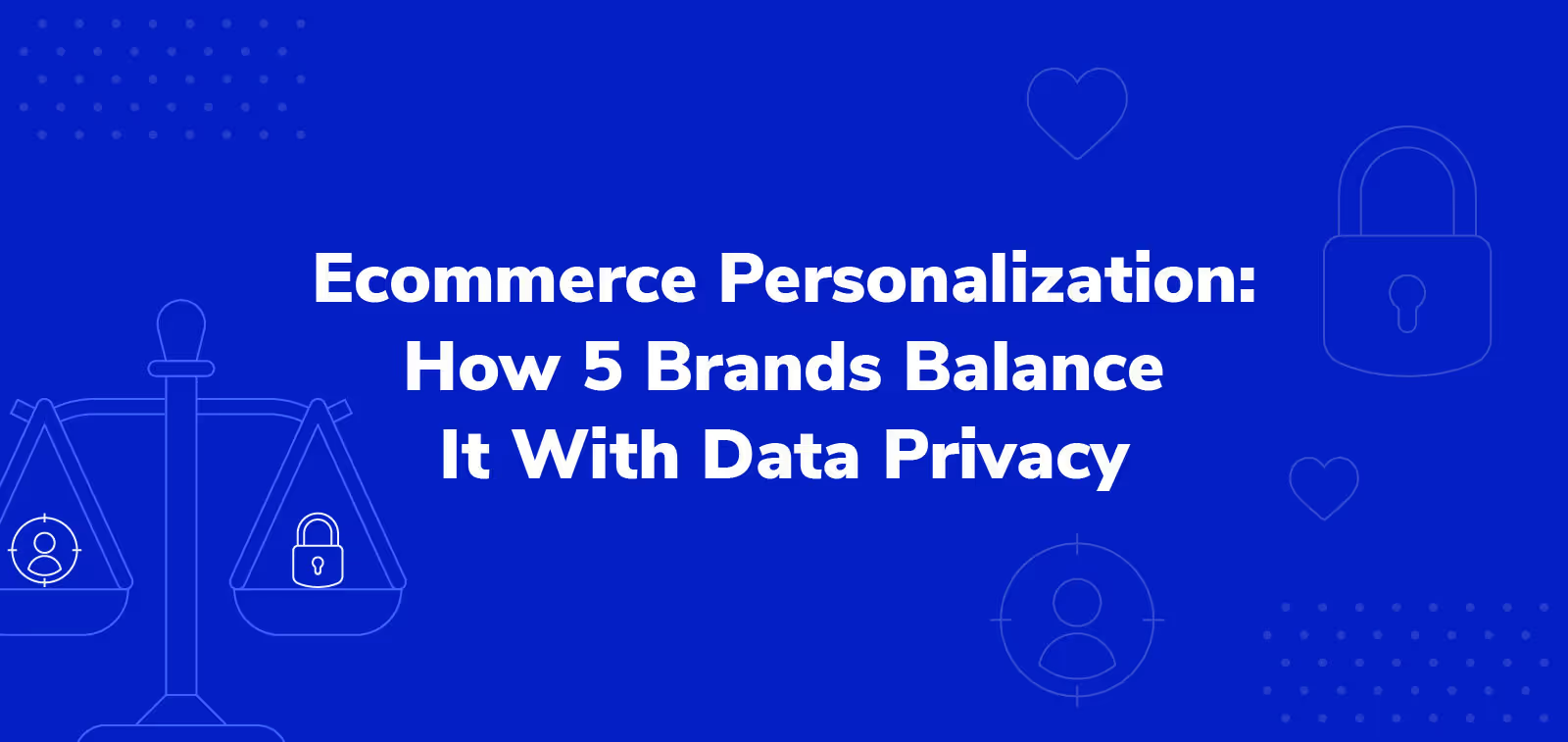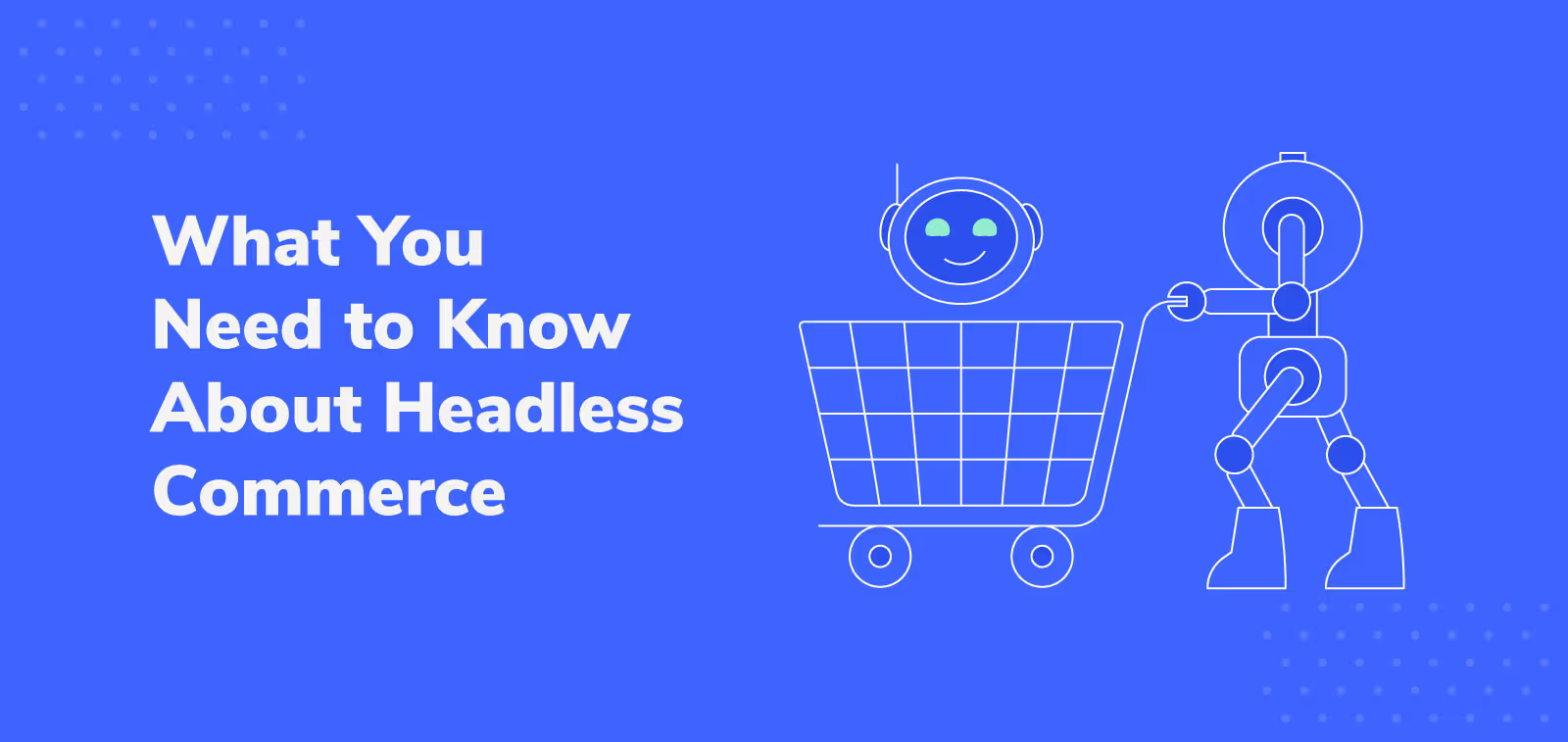6 Barriers to Ecommerce Profitability (and How to Break Through Them)

The first ecommerce company was Boston Computer Exchange. Started in 1982, it was a marketplace for selling used computers. Since then, the industry has changed quite a bit. The number of rivals has exploded, and we’ve transformed the way we use the internet all together.
Increased complexity means businesses face a common set of barriers pertaining to ecommerce profitability rather than commerce profitability in general. Some online retail companies like Amazon are able to overcome them, while others struggle. But if there’s a market for your products and you deploy the right strategies, you, too, can power through these barriers to ecommerce profitability.
These tactics reflect a customer-centric approach to selling. The result is a straightforward experience for buyers.
1. Your brand awareness and visibility are minimal
If your target market doesn’t know about your online business, they can’t buy from you. And sponsored content dominates the web. This environment makes it harder to get noticed on a reasonable budget.
The cost of digital ads continues to increase, creating a significant barrier for many businesses without deep pockets for digital spending. Forbes points out that the CPM (cost per 1,000 views) jumped by 68% in March 2021. This rise peaked at 89% growth in April and continued to grow by double digits thereafter.
Google's changes to their SERPs (search engine results pages) have compounded these issues. SERP features like featured snippets and “people also ask” make your business harder to find organically if you don’t rank first for a keyword. Top players for each product category tend to dominate these coveted top search positions.
Overcoming this challenge requires some clever strategy. Think beyond ads and top search results to get in front of customers.
Influencer marketing represents a more affordable way to raise awareness. On average, social media influencers are three times cheaper than social ads by CPM, according to Social Industries. Plus, influencers have high visibility among a large group of engaged followers. An influencer's recommendation can increase awareness and deliver a positive first impression.
Businesses that have invested in influencers are often happy with the results. In 2021, Linqua asked marketers about their plans: 71% of marketers with established influencer budgets planned to increase them.
Rather than start with large influencers, start small and focused. Work with a series of micro-influencers (10,000 to 100,000 followers) — or even nano influencers (less than 10,000). Generally cheaper, such entrepreneurs are more likely to be eager for sponsorships and responsive to incentives. Their narrower audience can also make targeting particular groups easier. This keeps profit margins up without damaging your bottom line.
Take the following steps as you get started with influencer marketing:
- Set your goals. For example, is your initiative intended purely to drive direct retail sales? Or is your main aim to raise awareness and reach new types of customers?
- Define the audience you want to influence. This will be your reference point as you select influencers.
- Find out what disclosure rules your influencers will need to follow. For influencers focused on the US market, the FTC has clear expectations. Remember that other jurisdictions will have their own rules.
- Build a shortlist of potential influencers. Then go through their posts, checking for regularity. Make sure their content matches your expectations.
- Reach out. Once you’ve identified and vetted the influencers you’d like to hire, reach out to them with a clear and personal message. Brands will often do this by commenting on an influencer’s post and indicating that they’d like to work with them. Then follow up with a direct message to gauge their interest.
- Work with your influencer closely. To ensure the best results, focus on your relationship with each influencer. Ask for content approval before they publish any posts discussing your brand. And don’t forget to track performance with UTM parameters rather than vanity metrics like post likes and robo-comments!
While influencer rates can be complex, a good starting point for discussion is $100 per 10,000 views.
2. Your company lacks an omnichannel approach to sales
If you don’t sell across multiple online channels, you’re missing potential revenue streams. As a result, you’ll be less competitive relative to those who do.
Other CPG (consumer packaged goods) retailers — especially large ones — offer a variety of channels for purchases. Options include social commerce, offline in-store, and online store, as well as marketplace sites and comparison sites like Google Shopping. Cross-channel choices include click-and-collect (BOPIS), curbside pickup, and in-store digital offers.
If you've not yet gone omnichannel, odds are your competitors have. To maximize online shopping in today's market, you're going to need more than a website to move your products.
Open Facebook/Instagram stores. Or experiment with physical locations by opening pop-up stores in high footfall locations.
For an innovative approach, open a fully virtual reality (VR) store with a tool like Obsess. Branded VR stores are 3D digital shopping experiences. Your customers will be able to explore your store, view items, and pay for them — all in a virtual environment. Getting started can be surprisingly fast, as the VR store sits on top of your website. Leveraging existing infrastructure cuts development time.
AR (augmented reality) is another great option. Brands like Louis Vuitton and Burberry have already experimented with AR installations.
3. Poor site design
Poor site design frustrates customers, leading them to often abandon their purchases and head to competitors’ sites. As such, poor site design impacts ecommerce profitability.
Sixty-three percent of participants in Baymard’s rigorous ecommerce mobile UX testing abandoned carts due to preventable design issues. Such issues include poor mobile optimization, confusing layouts or site structure, and misleading button behaviors. It's true that the scale of the problem can be frustrating, but it also means that improvements can have big results.
For better site design, leave the “quick hacks” or so-called best practices behind, and optimize your site based on what users actually want.
Run A/B tests to see the design changes that your online shoppers prefer. One “best practice” may suggest always using a bright color for CTA buttons, like orange, which is said to spark action. But what if your users respond better to something else? Baby product brands, for example, generally see better results from using a soft pastel color palette. Bright orange CTA buttons might confuse the design and undermine your intended customer experience.
You have options when it comes to improving your site performance, including making updates in-house or hiring an agency to complete the work for you. Many agencies have rigorous user testing practices to help identify improvements. But choosing an agency can be difficult — do careful research before working with a third party, and consider customer reviews and referrals before making a decision to work with an agency.
4. A poor returns CX holds back repeat sales
It’s understandable to want to focus on obvious sources of revenue — such as increasing sales. But neglecting your customers’ return/refund experience results in bad CX (customer experience). That, in turn, damages your ecommerce profitability.
Returns are an inevitable part of ecommerce. Customers regularly buy without seeing or handling the goods in person. Some shoppers even buy different versions of the same item, intending to return some — e.g., different sizes of the same pants.
Twenty-nine percent of users told Baymard that returning an item is one of the top reasons they return to an ecommerce store account they’ve created. Despite this, Baymard also found that 54% of sites have usability issues in their returns flow. Common issues include customers having no easy way to save a return label, which 65% of sites get wrong. Thirty percent have no online return feature. Fifty-five percent don’t update order statuses after customers start the returns process.
There are as many solutions as there are issues. Automatically email shipping labels to users for easy printing. Work with your development team to introduce an online returns feature. Track your return rate the same way as other orders. Put your return policy and shipping information in your footer.
The benefits to improvements in return CX can be immense. Loop’s data shows that with good return CX, customers who send back an item are 17.8% more likely to buy again. For exchanges, that figure rises to 33.8%.
5. Your shoppers have security concerns
Customers hesitate to shop with new sites they think might be insecure.
This highlights a broader trust issue in online sales. Baymard also carried out research into US abandoned cart rates in 2021, discovering that 17% occurred because shoppers didn’t trust sites with their credit card information.
But shoppers aren’t just worried about hackers getting ahold of their credit cards; their biggest concern is often the company itself. Statista looked into the biggest concerns of UK consumers in 2021, and the biggest one was around the protection of personal information related to merchants passing on or selling their data.
Ways to address customer concerns include using third-party security signals. For example, Trustpilot helps customers verify that a company is legitimate. It does this through a well-managed review platform, and merchants can feature their Trustpilot rating directly on their website.
Show empathy with your shoppers. Offer tutorials on subjects related to your products that show you want to help. This may be a refreshing change for customers used to being rushed toward checkout.
6. You don’t offer product protection
Customers want to know that if something goes wrong with their product, they’ll be covered. They don’t want to waste money or contribute to unsustainable consumption. By not offering product protection, you risk sending the message that your product might have a short life — or you don’t stand by its quality.
Consumers care about the environmental impact of their shopping behaviors. Research by Acosta shows that 65% of customers prefer retailers who invest in sustainability. Sustainability goes beyond your supply chain to all parts of your business model, including making sure that defective products don’t simply get thrown away.
Address concerns about product durability and sustainability head-on. Introduce a modern product protection solution like Extend. This reassures customers that you stand by your product and may repair (extending lifetime value) or replace it if a covered failure or damage occurs.
The results from merchants that have already embraced product protection support this. For example, 1MORE saw an impressive 14.6% attachment rate in their first three months with Extend. Such rates demonstrate strong demand. To join them and find out how Extend can tailor a plan specific to your products — potentially extending their lifetime value and helping you unlock a new approach to profitability — book a demo.
Aaron Sullivan is senior content marketing manager at Extend. He specializes in writing about e-commerce, finance, entertainment, and beer.
.svg)












































.avif)











